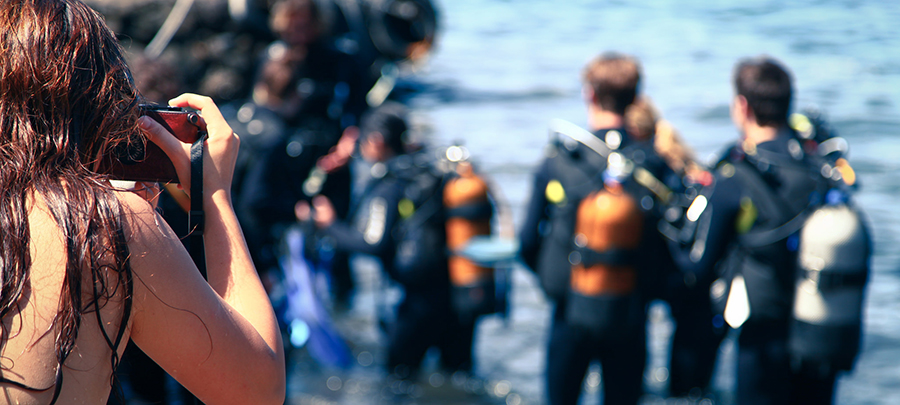
by Guest contributor | Feb 28, 2017 | Cruising and water adventure, Europe, islands, Spring and summer in Europe, Travel blogger destinations, Traveller tales and interviews
We were so excited to head to Santorini, Greece, in May 2017, to discover its beaches and scuba diving Santorini for ourselves. It was our second attempt at the trip, after being delayed from going the previous year (although we did embark on another seaside adventure in the UK instead).
When Alice Ross pitched this piece on beaches and scuba diving in Santorini, of course we said yes! Read her guide before your trip…
~
Recreational scuba diving was restricted in Greece for a long time. The government did it to prevent antiquities smugglers – diving was allowed to only some people who were given special authorisation by the authorities determined to protect the country’s marine life and remains of archaeological importance.
Fortunately, in 2004, authorities lifted the restrictions and anyone who wants to scuba dive just about anywhere in the country is allowed to do it for recreation.
Since then, Greece has quickly become one of the most visited scuba diving sites in the world. With more than 4,000 islands and 12,000 miles of coastline, the Greek seas offer an ideal place for scuba diving.
Guide to beaches and scuba diving Santorini
One of the best places to do scuba diving is in Santorini. The marine life that you can find the coast of Santorini is arguably well-known. The island’s waters, formed by a volcanic eruption that took place in the 16th century, are rich with mineral, supporting a solid range of coral and creatures.
These great volcanic eruptions have formed wonderful underwater backdrop giving scuba divers ceaseless options for wall dives and unending stops all over the volcanic islets and the caldera.
Aside from the beautiful underwater world Santorini offers, the water visibility all over the island is good! The water temperature is approximately 22°C, so make sure to wear some nice wetsuit.
Diving in the vicinity of the caldera is also possible; however, the southern side of the island is the one that offers a variety of delightful caves which you are able to explore with the help of a master diver who is familiar with the site.
If you are interested in visiting Santorini for diving, this list of four beaches where you can scuba dive is worth checking out.
Perissa Beach
…Is a very famous beach resort that should be top of your list.
It’s an organised, developed beach with a plenty of comfortable beach chairs, umbrellas, as well as other amenities, such as lifeguards, playground, and of course a shower. It’s worth mentioning that it was awarded Blue Flag award for being organised and clean.
When you reach the end of the beach is where you will find the diving spot. There are also two diving centres you can check out on this beach. Aside from that, however, you are able to pick from different water sports like windsurfing jet skiing, kayaking, and parasailing. Lastly, a wonderful water park with pools offers and water slides that cater to anyone of any age.
Perivolos Beach
…is a long, black sand beach with beautiful deep blue waters which is connected to and Agios Georgios Beach and Perissa Beach.
It’s another well-organised beach with sunbeds, lifeguards, umbrellas, taverns, restaurants, cafes, supermarkets, bars, showers, a playground, and public toilets.
There are many beach bars playing club the latest music, DJ guest during the weekend, volleyball tournaments, and exciting events on special occasion. But of course, this is also a nice place to go if you are looking for some underwater (or even over the surface) adventures!
Agios Georgios
Located less than one kilometre from Perivolos Beach, Agios is a big, sandy organised beach.
It’s more peaceful than its neighbouring beaches, and the water is shallower.
Some small taverns offer delicious lunch. Umbrellas and sun beds can be rented if you want to relax at the beach, and there are a lot of opportunities for water sports like scuba diving.
Divers can explore the beauty of Santorini’s marine life under the supervision of master divers who prioritise safety. The locations for dives might be very local in the bay and all over the neighbouring headland cliffs or a little further afield, depending on water visibility and conditions.
Ammoudi Bay Beach
This beach is accessible by walking or riding ride down the 214 steps from the castle of Oia.
Amoudi Bay is well-known for its traditional Greek inns with fresh seafood and the astounding romantic sunsets. Once Santorini’s commercial port, Amoudi Bay has now become a tourist spot. There might not be sunbathing comforts at this beach unlike the other ones mentioned above, but the diving scene here is impeccable. Diving here is something you wouldn’t definitely find anywhere else in the world.
Santorini isn’t only about sunsets, beautiful landscapes, and majestic geometric houses in the villages.
If you take your time to explore deeper, you will have the chance to experience an amazing adventure in Santorini. If you have not experienced diving before but you’re interested, you don’t have anything to be worried about as most dive shops in Santorini offer a non-certified scuba diving course where you’ll have to engage in a brief scuba diving introductory lesson before diving down to a depth of maximum 6 to 7 feet.
You may also be interested in our Santorini travel guide, and our Athens city feature.
Featured image by THINK Global School
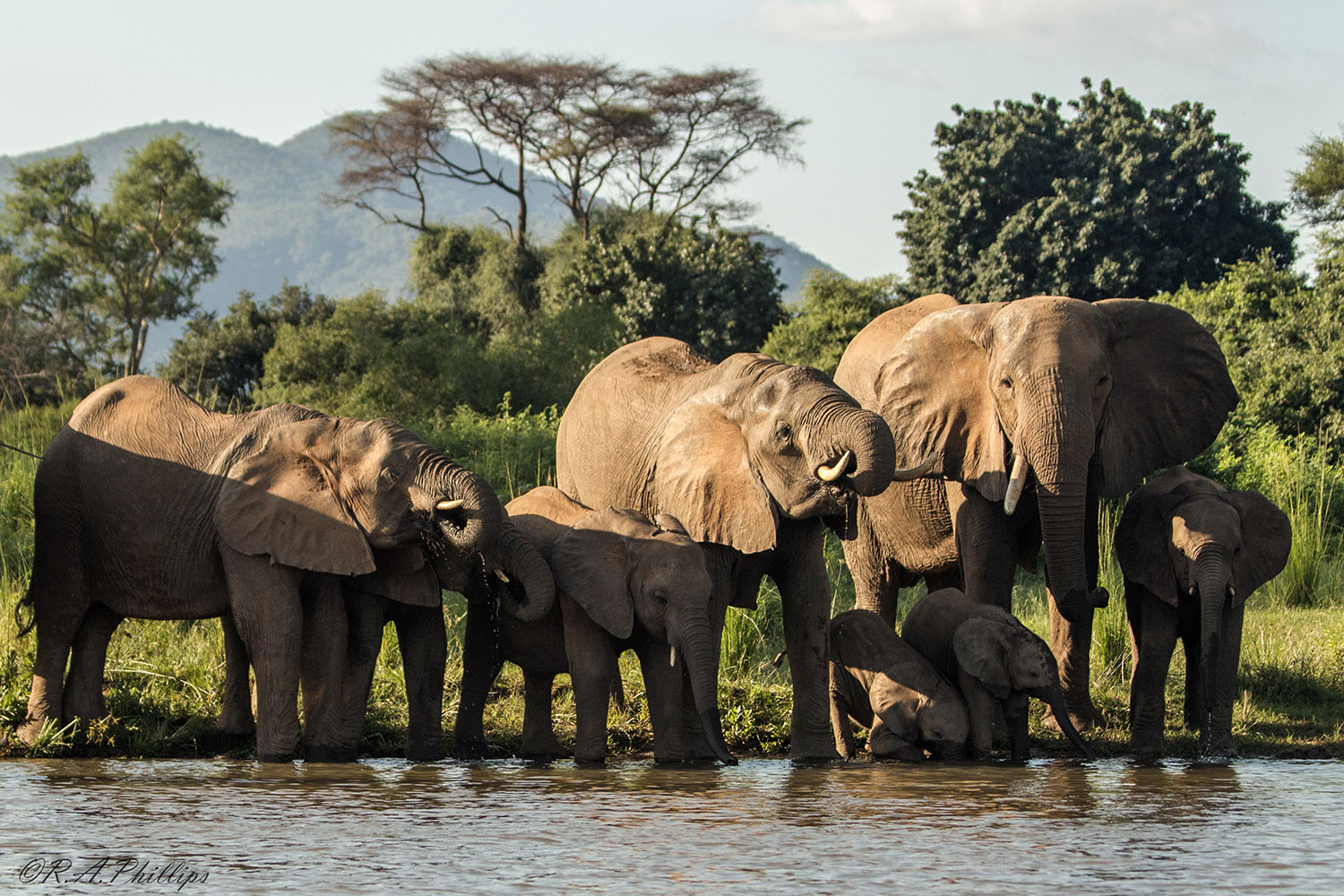
by Guest contributor | Jan 17, 2017 | African continent, Travel blogger destinations
“Let’s go see this waterfall, the guidebook says it is only 15km off the main road!” Little did I know these words were going to come back to haunt me throughout the rest of our expedition as it was not one of my better suggestions.
Turns out what the guidebook failed to mention that it was 15km up a very narrow mountain track, winding up the steep mountain side with a sheer drop on one side and solid rock face on the other.
The single lane track had 15 hairpin turns at which you prayed that you would not meet on-coming traffic.
Twice we did which resulted in a very nervous shuffle as by some miracle the oncoming vehicle passed without going over the edge. Our trusty Land Rover was put through her paces as she slowly clambered up the washed away track.
Needless to say that by the time we got to the top our adrenaline was pumping, our knuckles white and we were feeling a bit shaky, so much so that we actually missed the sign for the waterfalls and went on until we reached the small town of Livingstonia.
We did eventually find it and it was stunning! And we made it safely down the track again.
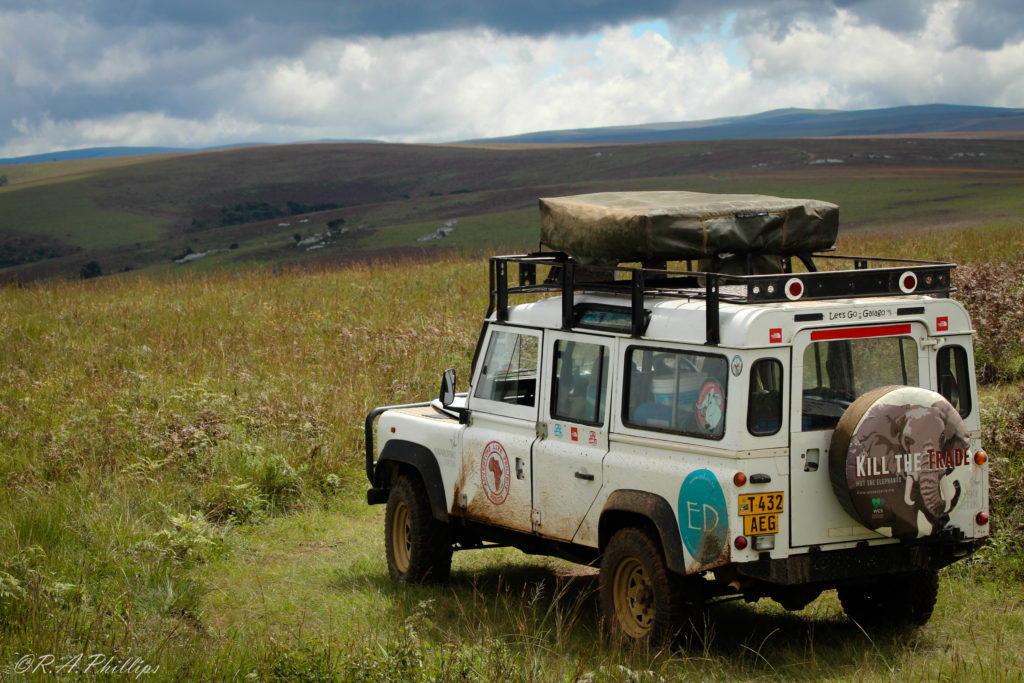
This was one of the more adventurous experiences Andrea and I had during our Africa Conservation Adventure expedition across southern Africa, driving through Tanzania, Malawi, Zambia, Zimbabwe, Botswana and Namibia.
The purpose of the expedition was to raise awareness about conservation issues that these countries are facing, in particular highlighting the poaching of elephants due to the illegal wildlife trade.
We visited many national parks and protected areas in the different countries to see the rewards of the conservation projects in action.
Both being keen photographers we came back from our 40 days and 8700km road trip with thousands of photographs documenting our adventures, which raised the question what to do with them all.
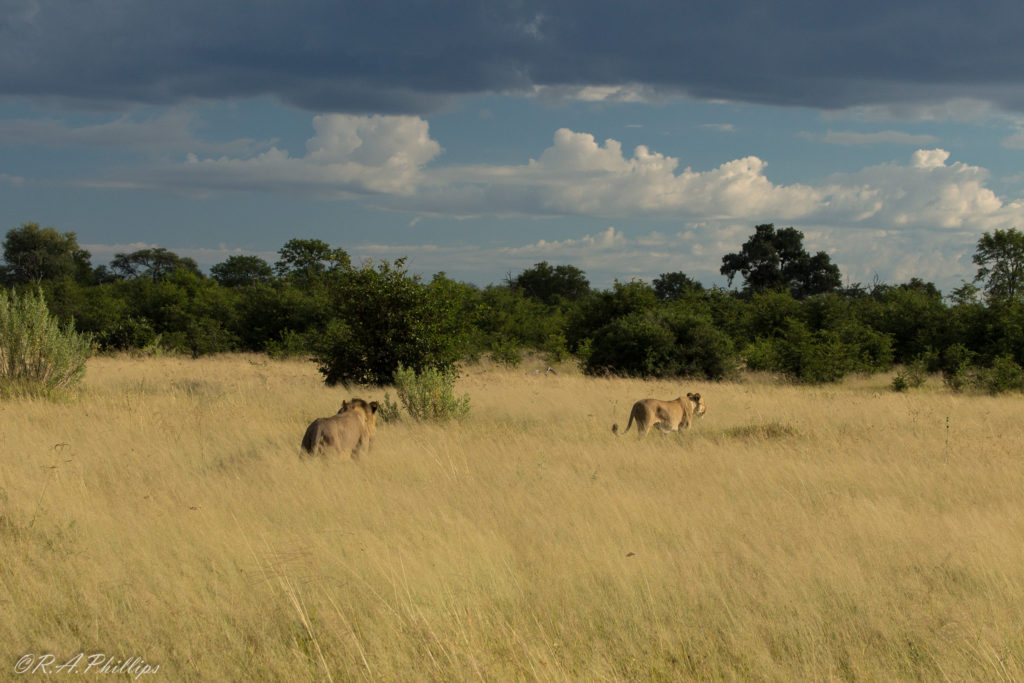
We decided to put together a photobook and release it on Amazon and give the profits of the book sales back in to conservation projects that we met along the way.
Our expedition was a success but we felt that our project Africa Conservation Adventure was not done yet, as we had already started planning our next expedition before the last one was completed.
So in late March we will be packing our Land Rover again and heading North to explore more of east Africa.
We will see the famous Serengeti and Ngorongoro Crater, visit the majestic Nyungwe rainforest in search of Chimpanzees in Southern Rwanda, trek for Gorillas in Northern Rwanda, Congo and in Uganda.
Experience the wilderness areas of Uganda and Southern Kenya before making our way home through Eastern Tanzania.
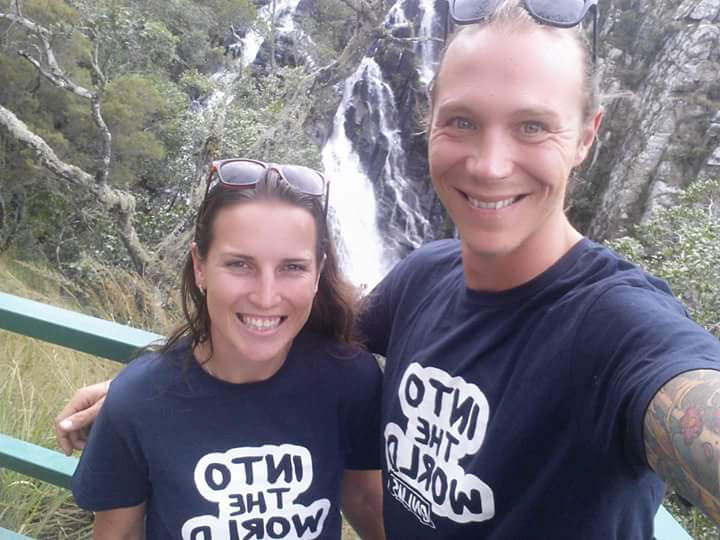
We want this expedition to have even more of an impact and we are once again teaming up with small conservation projects.
We are launching a crowdfunding campaign at the end of January 2017 as a means to make this next expedition a success.
To learn more about our trip you can follow us on social media: facebook.com/africaconservationadventure, instagram.com/africaconservationadventure, twitter.com/AdventureLifePr or email us here.
Our photobook
We’re very proud of our photobook which you can preview and purchase here.
Find out how you can get involved with our conservation campaign, and huge thanks to The Cassette Company and Rheos Gear who are currently supporting us!
Guest post and images by Rebecca Phillips and Andrea Pompele
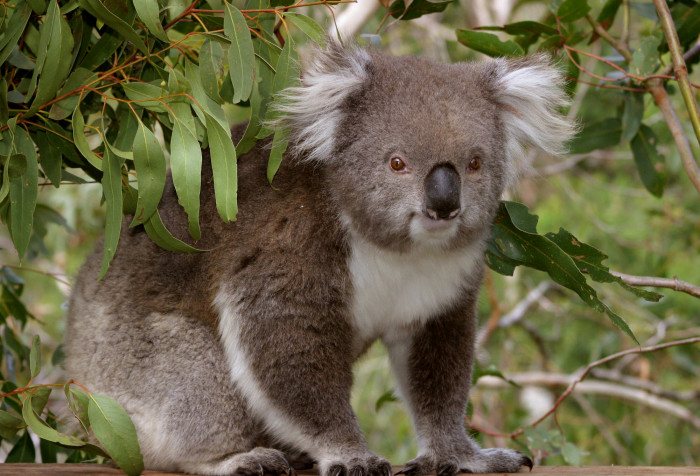
by Guest contributor | Jan 13, 2017 | Asia-Pacific, islands, Travel blogger destinations
Situated only 90 minutes from Melbourne discover unlimited coastlines and seaside villages, lavishing wildlife and an array of family attractions on Phillip Island.
The breathtaking natural beauty is perfect for everyone looking for the perfect holiday vacation.
The most popular attraction here is the penguin parade. Other attractions include koala and bird sanctuaries, remarkable rock formations, historic homesteads and fine pottery shops. Sports activities here include surfing, sailing, fishing, tennis, golf and bowling.
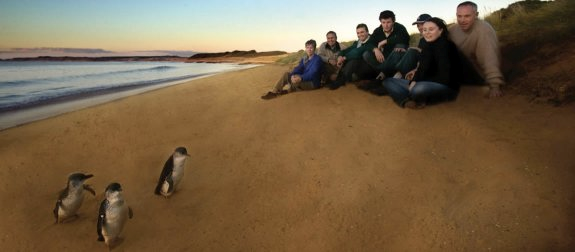
The penguin parade at Phillip Island is an amazing natural spectacle. Every day at Summerland Beach, hundreds of little penguins waddle from the waters of Bass Strait to their burrows in the sand.
They have been doing this for many years for all seasons. On shore, the penguins spend their time preening themselves. Visitors watch them from raised boardwalks from the many penguin tours to Philip Island. Read more about a day in the life of penguins and tourists on Philip Island here, where Peter Dann comments:
“I can see quite clearly that tourism has been crucial in the protection of this colony and the visitors are playing an important role in the conservation of Phillip Island.”
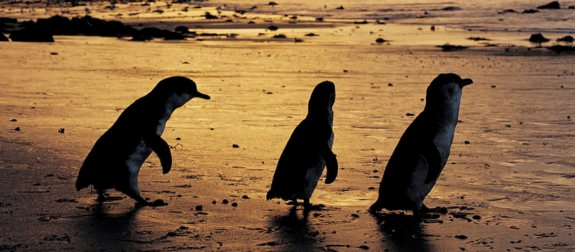
Seal Rocks is located at the western end of the Phillip Island.
At Sea Rocks, you can find Australia’s largest colony of fur seals. There are about 6,000 seals indulging in activities such as playing in the surf, resting in the sun or feeding their pups on the rocks.
The peak of the breeding season is around early December; hence, it is best to watch these fur seals during this time. Visitors can watch these fur seals through telescopes in the kiosk on the top of the cliff at Point Grant.
Alternatively, they can join an organised trip to view these fur seals. There is also a large koala colony on Phillip Island.
Phillip Island has a few fantastic beaches. Cape Woolamai, with its wild surf and red cliffs, offers fine walking trails, great surfing and good bird watching.
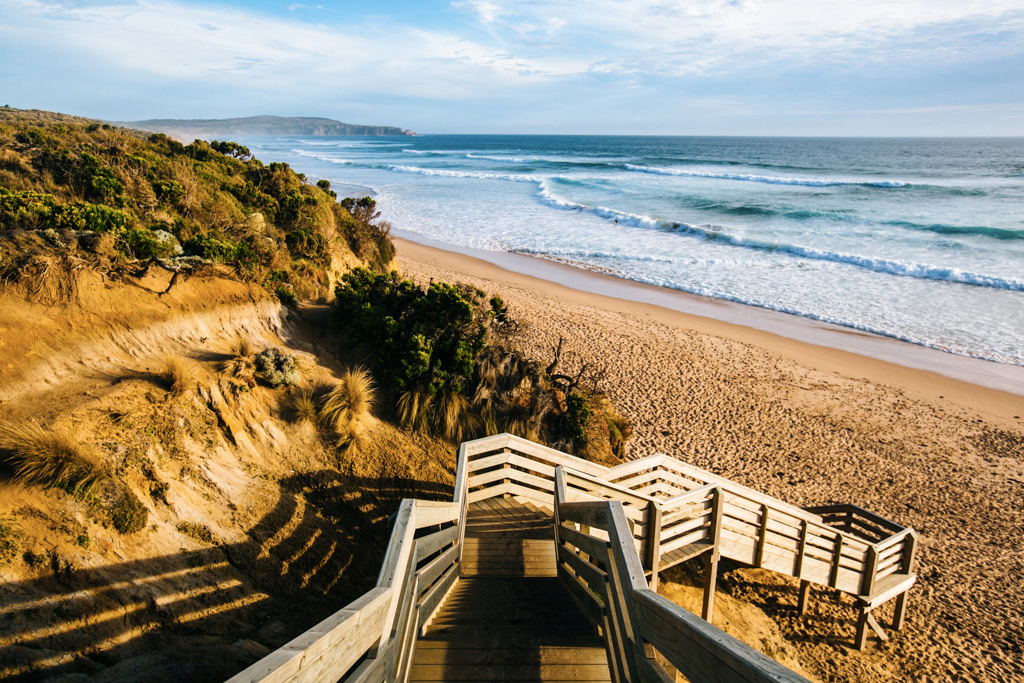
There are some sheltered beaches on the north side. You can view Australia’s native fauna at the Koala Conservation Centre. The main town, Cowes, is located on the north coast.
In this place, you can find sheltered beaches, pubs, cafes, resorts and hotels. It is a peaceful town where you can enjoy swimming, eating and relaxing.
There is fine seafood served by restaurants. Cowes served as a tourist centre on the island.
During summer, when the number of visitors is at its peak, you can find the place extremely packed with holidaymakers and tourists.
Phillip Island is an interesting place to visit. Particularly, you can have a unique opportunity to view the amazing penguin parade.
Besides this, you can enjoy viewing fur seals, koalas, birds and Australia’s native fauna.
There are plenty of exciting activities for you to do here.
Apart from sightseeing, you can enjoy many kinds of sports activities. Explore the hidden treasures of nature that will forever be an exclusive experience you’ll ever find!
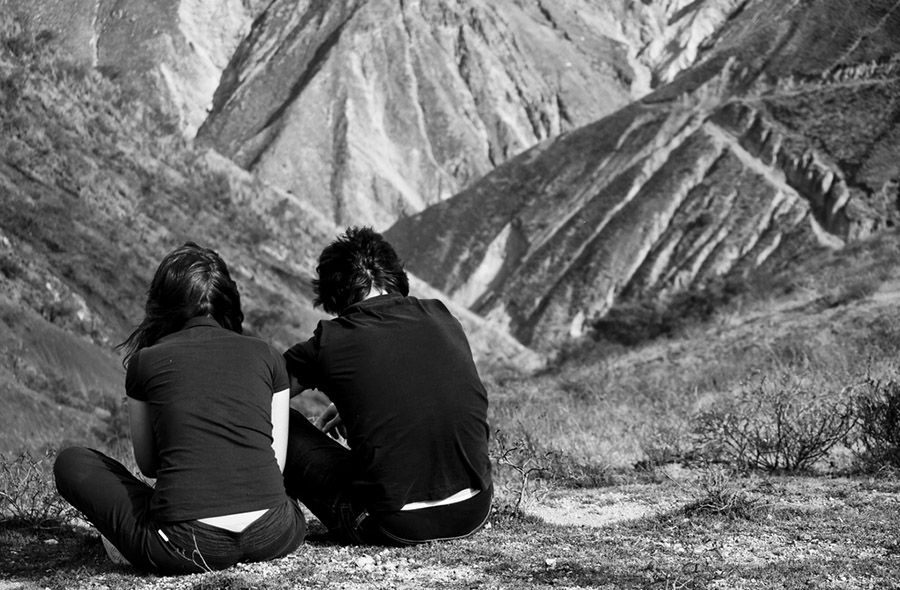
by Guest contributor | Jan 3, 2017 | Beautiful destinations, South America, Travel blogger destinations
Already pining for your next holiday? Why not head out over to Mexico and check out some of the amazing places you can visit in the central American nation.
Four of the best places to visit in Mexico
Merida
If you’re looking for a historic ambience when it comes to your holiday locales, why not check out Merida?
This spot is also known as ‘real Mexico’ and provides people with a blend of old and new.
A beach is located near the city, which serves as an excellent destination for people wanting to get a break from the slightly more chaotic scenes of the central town.
History buffs will love the 17th Century cathedral which can be found in the middle of the region – constructed from Mayan brick.
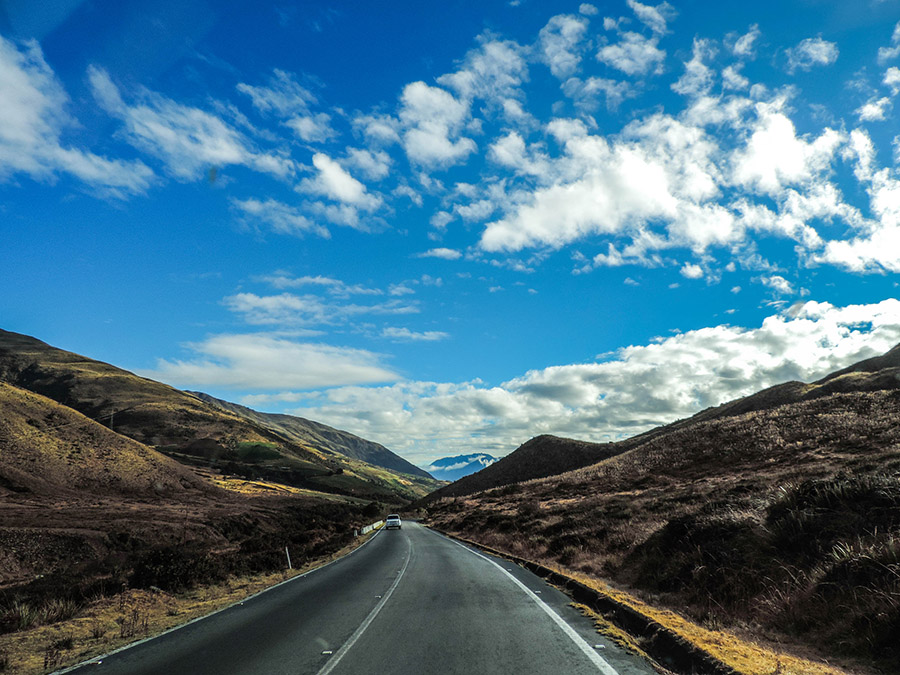
Zipolite
Cancun is the premium name when it comes to exotic beach locations in Mexico, but a nearby neighbour which is often overlooked comes in the form of the town of Zipolite.
As a sleepy little spot with just a few hundred inhabitants, the area is considered to be a fantastic alternative for people looking to avoid the mass hustle and bustle of larger resorts.
If you’re really ambitious you can even take a stroll through a couple of sandy spots which are really ‘out there’ (as in, they don’t require you to necessarily wear clothes).
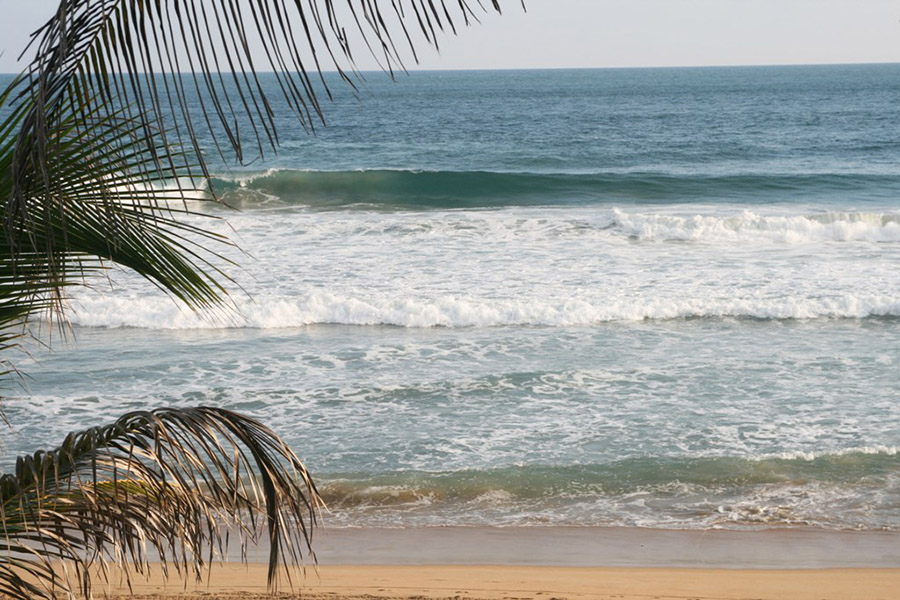
Chichén Itzá
This Mayan temple is one of the wonders of the ancient world; standing as one of the few largely intact remnants of a long-forgotten culture.
The name literally translates to ‘at the mouth of the wall of Itza’, and serves up a fantastic blend of different styles through separate Mayan time periods.
Tours of the area also available, with a series of guides on hand to transport back to the ancient world of Mexico.
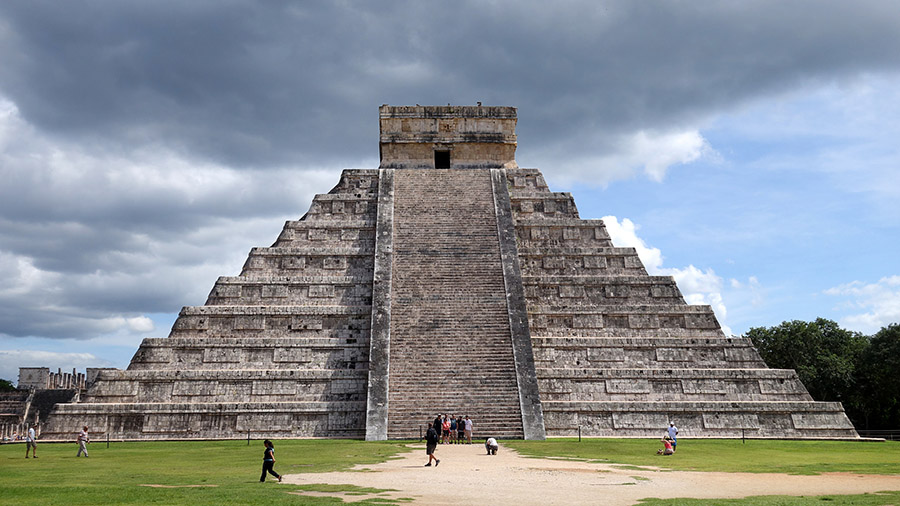
Coba
Coba is similar to Chichén Itzá in the sense it plays host to a series of fantastic Mayan architecture, but also offers a more modern approach for people who aren’t solely concerned with history.
Snorkelling and zip-lining is also available in the area, as well as guided tours of caves which have gone long untouched by humans.
Again, like any good set of historic landmarks, tours are widely available for anyone looking to visit.
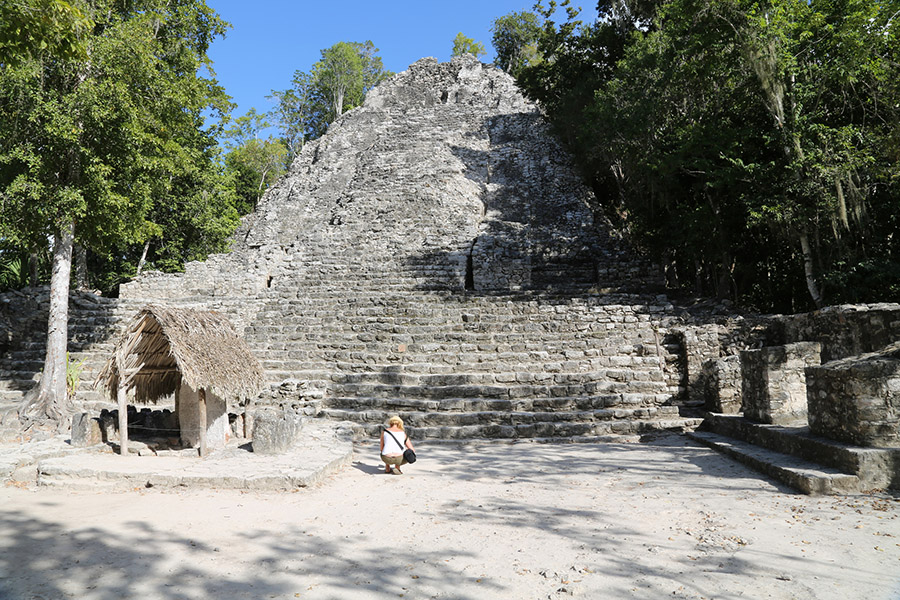
Be sure to add one of these amazing locations to your itinerary for your Mexico travel planning! You certainly won’t be disappointed.
Image credits (via Flickr creative commons):
- Coba – Jason Ramos
- Chichén Itzá – Paul Simpson
- Zipolite – Carlos Adampol Galindo
- Merida and feature image by Jorge Andrés Paparoni Bruzual
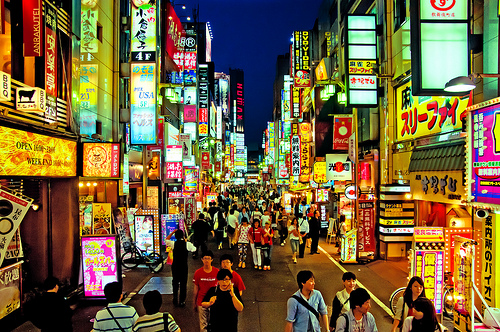
by Guest contributor | Oct 18, 2016 | Asia-Pacific, Travel blogger destinations, Travel guides
~
Tokyo is fascinating, cool and colourful. It’s the most populous city of Japan and is officially called Tokyo Metropolis; founded in 1943 by merging Tokyo Prefecture and the city of Tokyo.
Generally Tokyo is mentioned as a city but it is administered as a ‘metropolitan prefecture’ – that is, both city and prefecture.
The city administers 23 special wards of Tokyo – which consists of the place formerly known as the City of Tokyo – and 39 municipalities in the western part of the prefecture.
Tokyo City was ranked first by TripAdviser in terms of “overall travel experience” and it also holds the first position in different categories like “nightlife, shopping, public transportation and cleanliness of streets”.
Despite a massive population, people of Tokyo are extremely polite, and it is considered one of the safest cities in the world which makes it even more pleasurable to visit.
Well-known for being technologically advanced, Tokyo is also rich in cultural heritage and people still value traditions and constructs of their civilisation.
With so much to experience, it’s difficult to know where to begin – here is a starting list of eleven places to visit in Tokyo – a city that will inevitably end up as one of your favourite destinations in the world.
11 places to visit in Tokyo
Sensōji
Situated in Asakusa, this is the largest and oldest Buddhist temple in Tokyo and a spot of attraction for most of the locals and foreigners interested in Buddhism or different religions of the world.
The temple is associated with Guan yin, the goddess of mercy and was formerly associated with the Tendai sect which gained independence after World War 2.
Nakamise
Nakamise is the oldest shopping centre in Japan and it is located near Sensoji.
There’s a huge paper lantern here, painted red and black to show thundercloud and lightning, and visitors enjoy browsing the different stalls that sell local souvenirs and snacks.
Meiji Jingu
A Shinto temple dedicated to emperor Meiji and his wife Shoken. The temple has its own rituals to pay tribute to the emperor and to make wishes if one has any.
Rituals include a half bow when entering and leaving the temple, washing your left hand and right hand then left hand again and rinsing your mouth.
At the main shrine building if you want to make a wish, bow and clap twice, make a wish and then bow again.
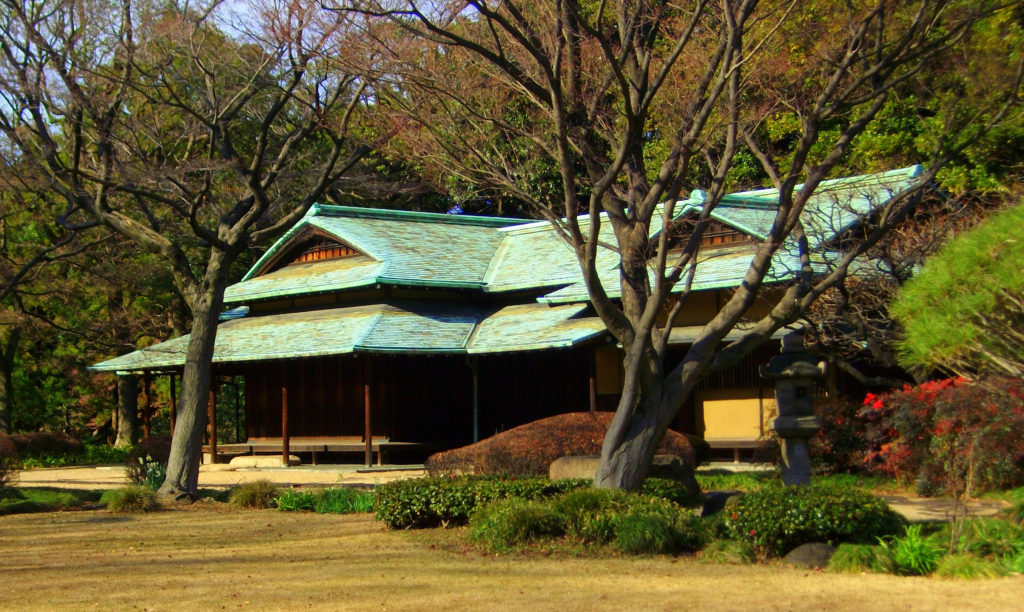
Imperial Palace and East Garden
Imperial palace (pictured above) is the residence of the Emperor of Japan and it reflects the political history of Japan.
This palace is not open to the public except on two days which are New Year’s greetings day and the emperor’s birthday (2 January and 23 December respectively). On these two days, imperial figures make public appearances on the balcony.
The imperial gardens are the part of the inner palace and are open to the public.
Tsukiji Fish Market
This is the largest wholesale market of seafood in the whole world. It manages more than 400 categories of sea animals from cheap species to expensive ones, from tiny sardines to 400kg tunas!
The most interesting part of this market is the tuna auction which can be seen in the early hours of the day in two shifts. You’ll need to purchase tickets and they are allocated on a first-come-first-served basis.
If you want to experience the tuna auction it is advisable to stay near Giza so that you can get a cheap cab early in the morning because no trains are operating at this time. If you are looking for other travel discounts then check out Groupon deals.
Tokyo Skytree
The 634m Tokyo tower is the tallest tower in Japan and is used for television and radio broadcast across the Shinto region.
It comprises of two parts which are the Tembo deck and Tembo gallery, and there’s a shopping centre at the base.
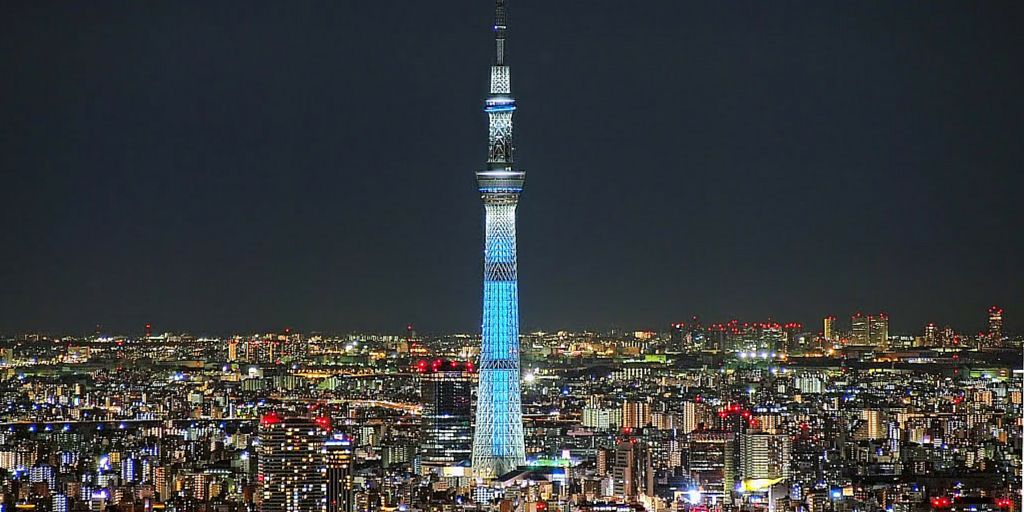
Tokyo Disneyland and DisneySea
A popular park of 115 acres and based on the films produced by Walt Disney, this was also the first Disney theme park outside of United States.
Tokyo Disneysea is the world’s fourth most visited park, inspired by the myths and stories of Disneyland, this park is based on seven ports of call: Mediterranean Harbour, Mystery Island, Mermaid Lagoon, Arabian Coast, Lost River Delta, post-Discovery and American Waterfront.
Kabukicho
This is often called the ‘sleepless town’. The name Kabukicho comes from the desire to build a theatre named Kabuki here back in in 1940.
The theatre was never built because of financial reasons but the name stuck and Kabuki-Cho is a place with lots of hotels, dance clubs and bars; famous for its entertainment spots and Red-Light District.
Ginza
One of the high-end fashion centres in Japan and famous for its costly real estate, Ginza also boasts many of the five-star hotels and entertainment centres of Tokyo.
On weekends the roads are filled with flowing traffic, while in the daytime it is a haven for pedestrians.
Yasukuni Shrine
A shrine dedicated to those who died for a cause and for the emperor of Japan.
This shrine is also famous for a poem written by Emperor Meiji when he visited the shrine in 1874, the lines are:
“I assure those of you who fought and died for your country that your names will live forever at this shrine in Musashino.”
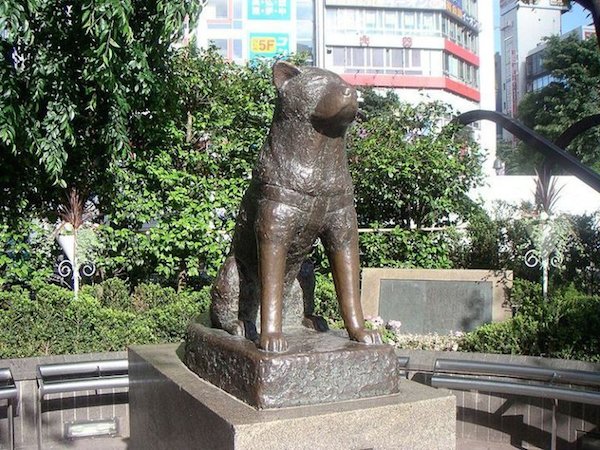
Hachiko statue
This is one of the most touching and inspiring real-life stories in the world, and is particularly poignant for ‘dog people’.
Hidesaburō Ueno took in this dog as a pet and every day, loyal Hachiko greeted his owner on a nearby train station when he returned from work.
One day Ueno died unexpectedly because of a cerebral haemorrhage. He never came home.
Hachiko waited nine years in the same place for his master to come back, with friends and passers-by in the busy city often stopping with food for the dog.
Eventually, Hachiko became a symbol of loyalty and faithfulness and ended up with his statue being erected in the middle of the bustling city.
Do you have Tokyo tips to share? Please add them in the comments section below…



















